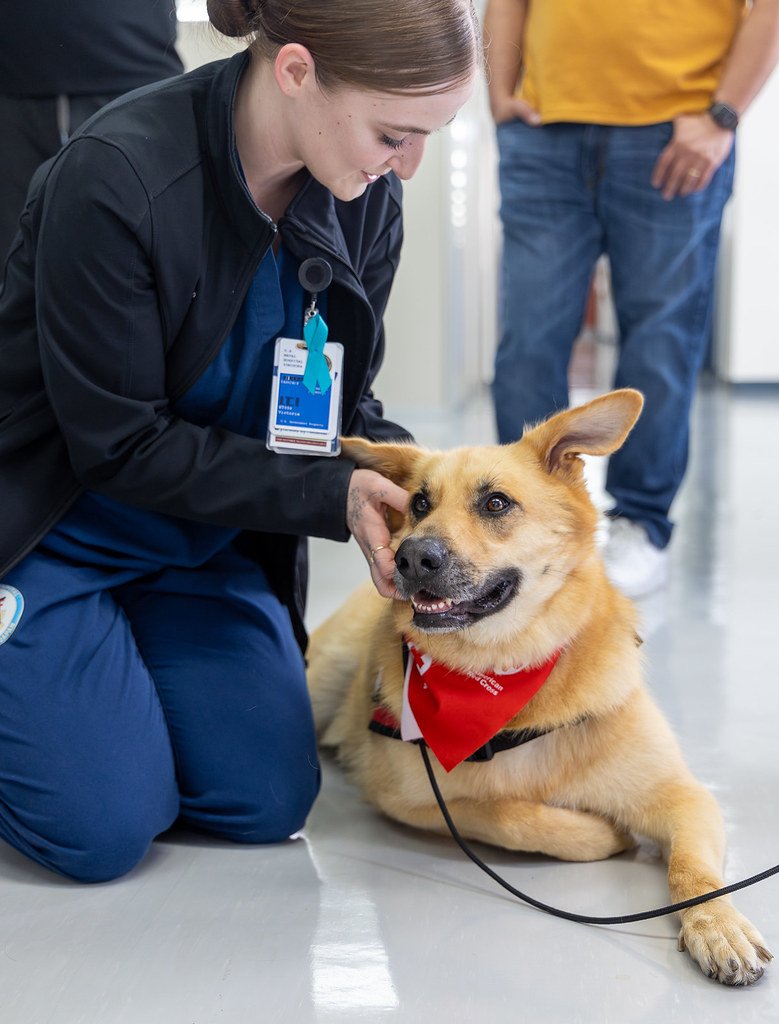Imagine your dog trembling when thunder rumbles or hiding under the bed when strangers visit. If you’ve ever felt helpless seeing your pup scared, you’re not alone. Dogs, just like us, have fears—and their world can feel overwhelming at times. But the good news? With a little patience and understanding, you can help your furry friend feel braver each day. Let’s dive into the most common dog fears, what they look like, and how you can be the safe haven your dog needs.
Loud Noises: Thunder, Fireworks, and Sudden Bangs
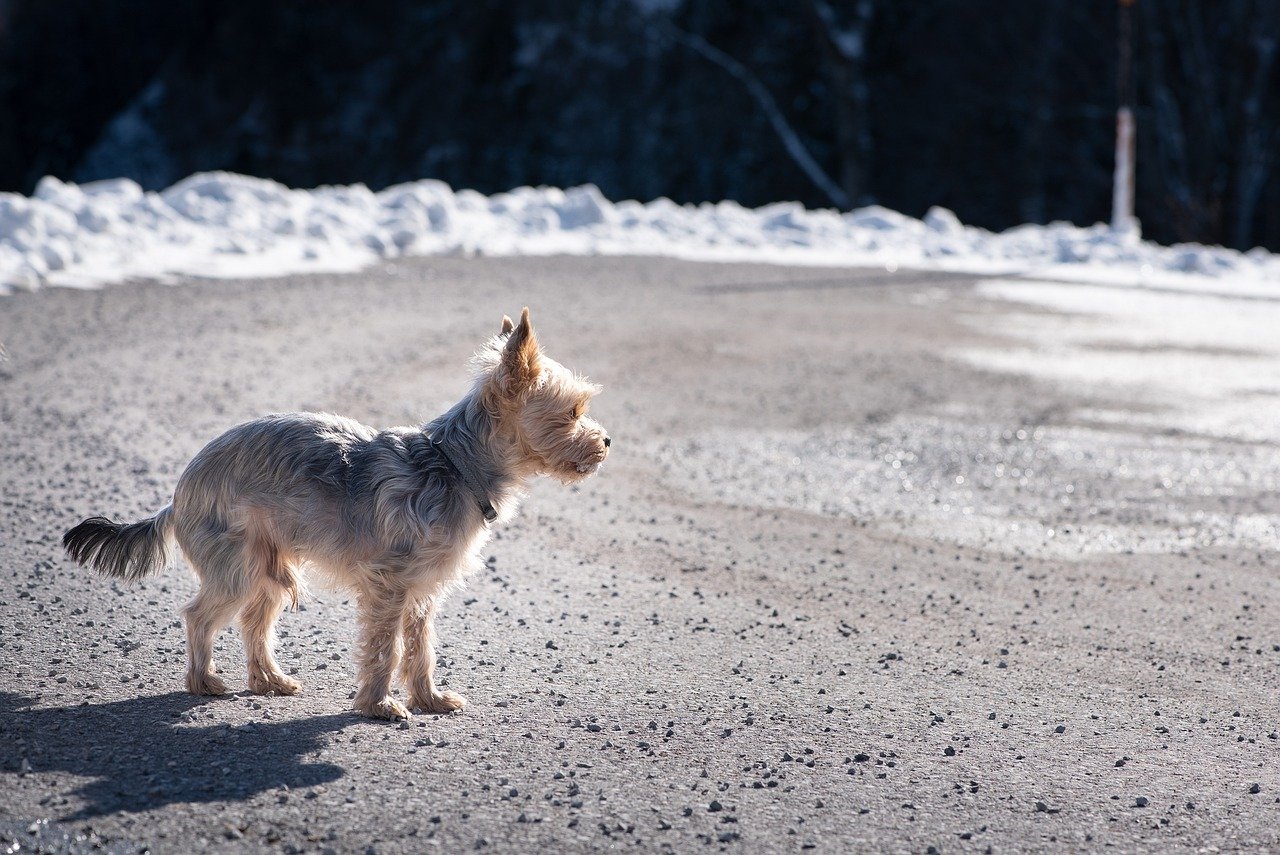
Many dogs react to loud noises with shaking, pacing, panting, or hiding. You might notice your pup seeking out small spaces or barking excessively when fireworks go off or a storm rolls in. This isn’t just being dramatic; their sensitive ears pick up sounds much louder than we do.
To help, create a cozy safe spot away from windows—like a blanket-filled closet or a crate with their favorite toy. During noisy events, keep the curtains drawn and play calming music. Never force your dog to face the noise head-on; it’s okay to comfort them. Over time, gentle desensitization—like playing soft recordings of thunder and rewarding calm behavior—can ease their anxiety.
Strangers and Unfamiliar Faces
If your dog barks, backs away, or hides when someone new enters your home, they may be fearful of strangers. This can stem from lack of early socialization or a scary past experience. Some dogs even freeze or try to put themselves between you and the stranger.
Start by letting your dog observe from a distance, rewarding relaxed behavior. Ask visitors to ignore your dog at first, letting your pup approach when ready. Slowly introduce new people in calm, controlled settings, always respecting your dog’s pace. Remember, patience and positive reinforcement go a long way.
Other Dogs and Animals
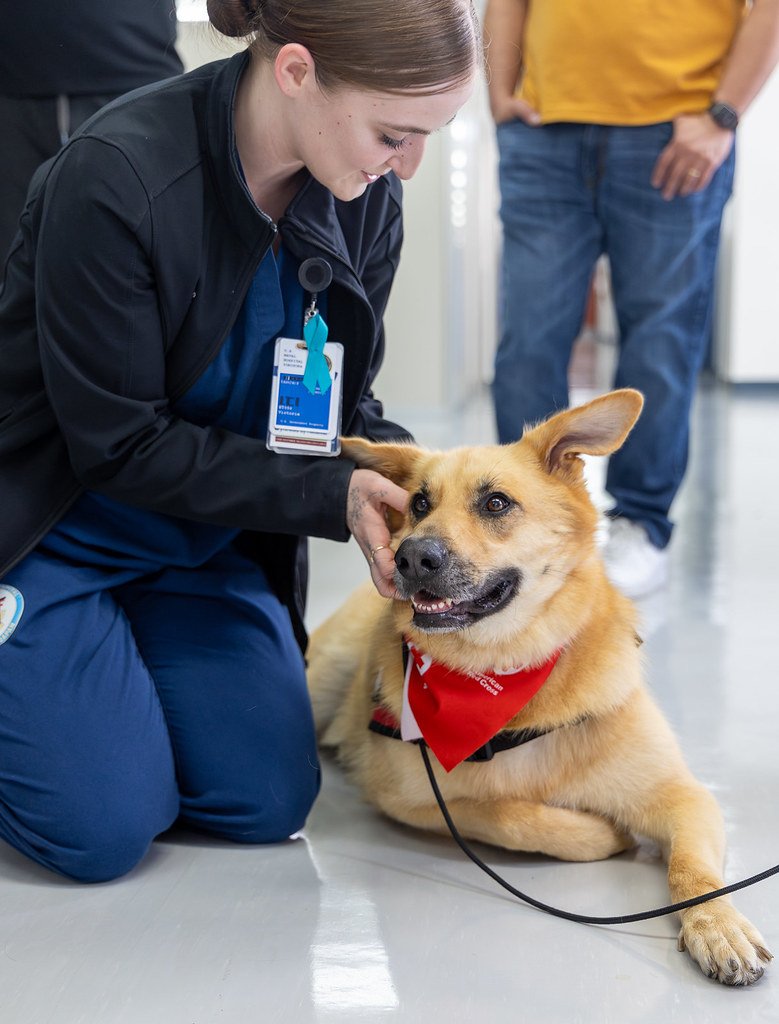
Some dogs are instantly nervous around other animals, whether it’s barking at passing dogs or cowering at the sight of a cat. Watch for body language like tucked tails, lowered ears, or lip licking—these are signals your dog feels unsure.
Socialization is key but should be gradual. Use leashed walks to observe other dogs from afar, rewarding calmness. Avoid dog parks if your dog seems overwhelmed; instead, set up one-on-one playdates with calm, friendly dogs. Celebrate small victories and never punish fearful reactions—it only builds more anxiety.
Being Left Alone (Separation Anxiety)
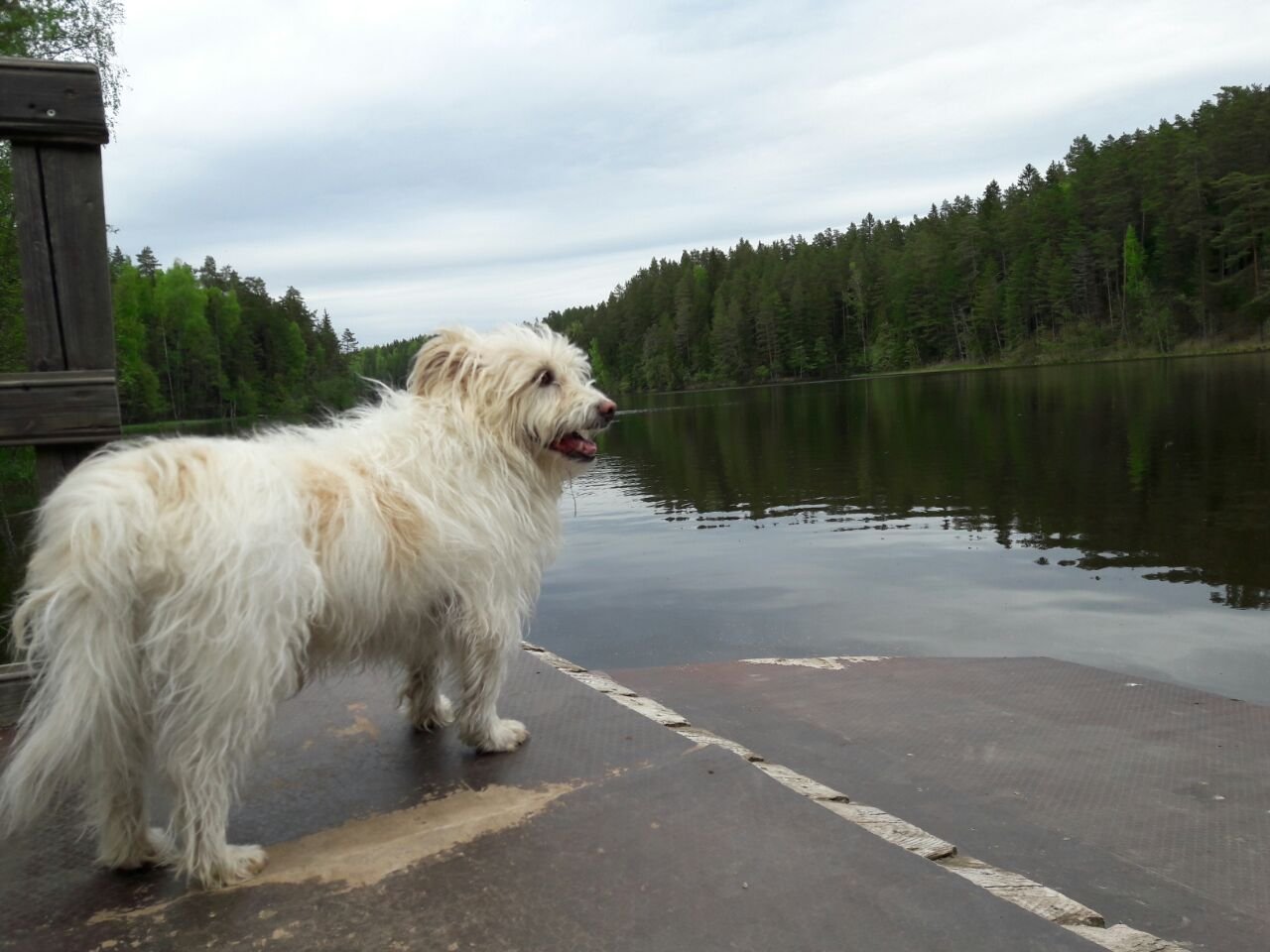
Chewed shoes, scratched doors, or howling when you leave? These could be signs of separation anxiety. Dogs are pack animals and being alone can make them feel vulnerable and scared.
Start by leaving your dog alone for short periods, gradually increasing the time. Create positive associations with departures—give a special treat or toy before you go. Puzzle toys can distract and comfort. Never punish anxious behavior; instead, practice calm hellos and goodbyes to show your dog that leaving isn’t scary and you always come back.
Car Rides and Transportation
Does your dog shake or refuse to get in the car? Car rides can trigger fear, especially if they’ve only experienced them for vet visits or moving homes. Some dogs drool, whine, or even get sick during travel.
Practice short, positive car trips—just sit in the car together at first, then drive around the block and reward calmness. Bring their favorite blanket or toy to create a familiar scent. Gradually build up to longer trips, making the car a place for fun adventures and not just stressful events.
Veterinary Visits
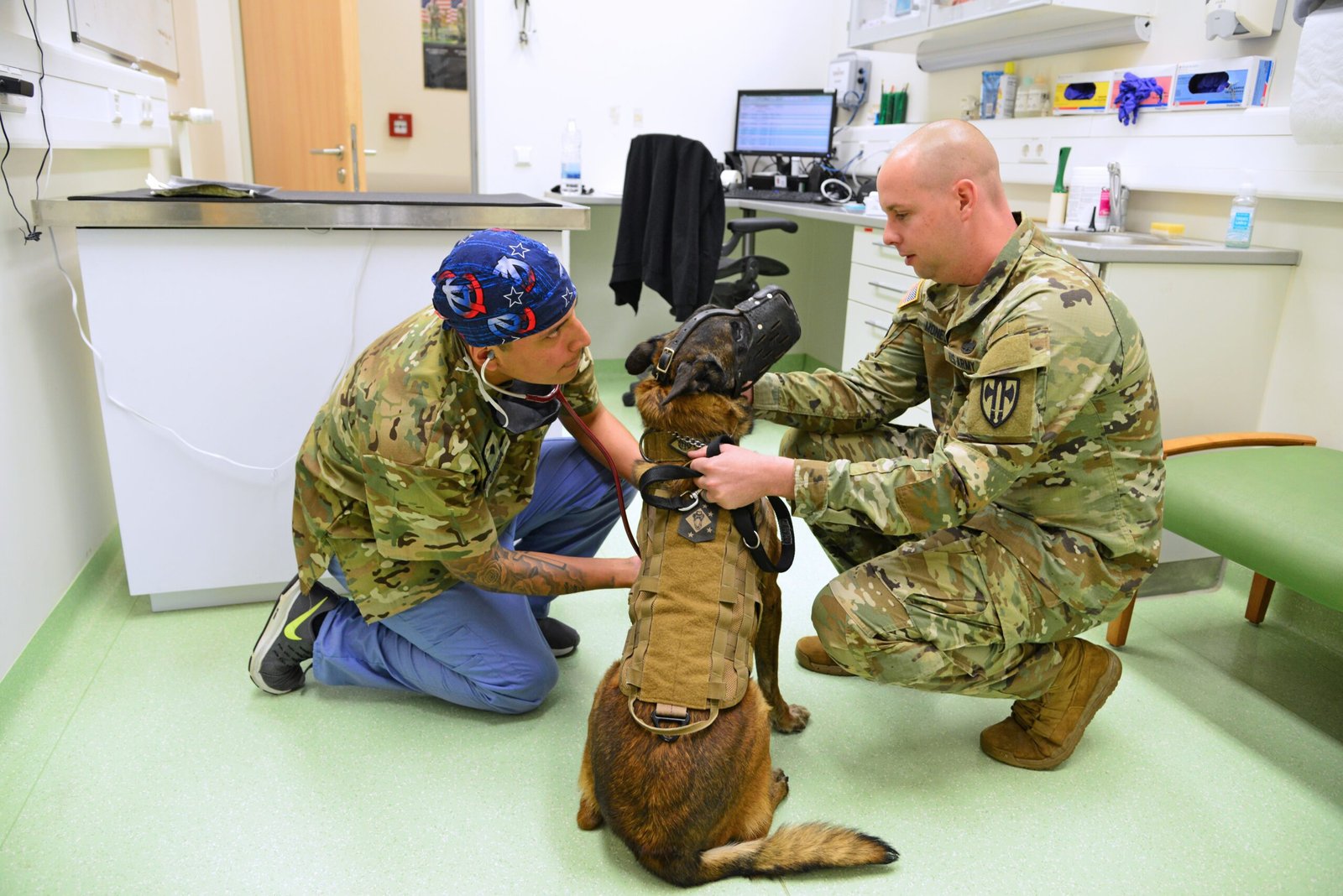
White coats, strange smells, and poking can turn the vet’s office into a scary place. Dogs may resist entering, shake, or even growl at the clinic. Even the calmest pup can feel uneasy in this unfamiliar environment.
Counteract this by visiting the vet for “happy visits”—no exams, just treats and friendly staff. At home, handle your dog’s paws and ears gently so these sensations aren’t so foreign. Bring their favorite treat or toy to appointments. Letting your dog sniff around the waiting room helps too.
Household Objects and Appliances
Ever seen your dog bolt from the vacuum or cower at the sight of the ironing board? Common household items—especially noisy or unpredictable ones—can be surprisingly scary for dogs.
Help your dog by introducing these objects slowly, letting them sniff and explore while turned off. Gradually increase exposure while offering treats and praise. With the vacuum, start with it unplugged and reward calmness, slowly working up to short bursts of noise. Patience and encouragement help your dog see these “monsters” as harmless.
Sudden Movements and Unexpected Touch
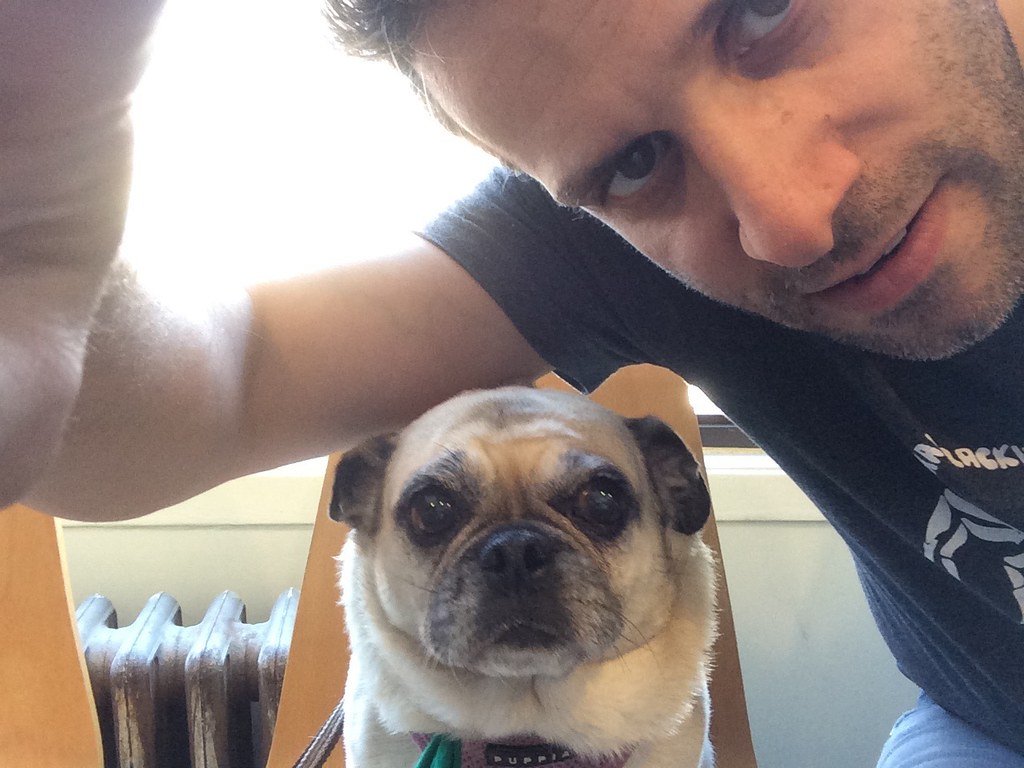
Fast hand gestures, sudden hugs, or being startled awake can make some dogs jumpy or even snappy. This is especially true for rescue dogs or those with limited socialization.
Always approach dogs calmly, letting them see your hands and hear your voice before touching. Teach family members and kids to avoid surprising your pup—gentle, predictable movements help build trust. If your dog startles easily, create a routine with predictable cues and spaces where they feel safe to retreat.
Conclusion
Every dog has their quirks and worries—sometimes it’s thunder, sometimes it’s the vacuum cleaner. What matters most is being patient, observant, and supportive. Understanding your dog’s fears and gently guiding them through their anxieties can deepen your bond and help your pup feel safe in a world full of surprises. What’s the one thing your dog is afraid of, and how do you help them feel secure?

Esther is from India; the heartbeat of South Asia, holding a Master’s degree in Zoology and a postgraduate diploma in Animal Welfare. Her enthusiasm for animal welfare drives her passion and dedication to working for animals, ensuring their well-being, and advocating for their rights. With a solid academic background and hands-on experience, she is committed to making a positive impact in the field of animal welfare. In her free time, she enjoys embroidery and sewing. As a Chennaite from Tamil Nadu, Esther loves Bharathanatyam, an Indian classical dance form.

